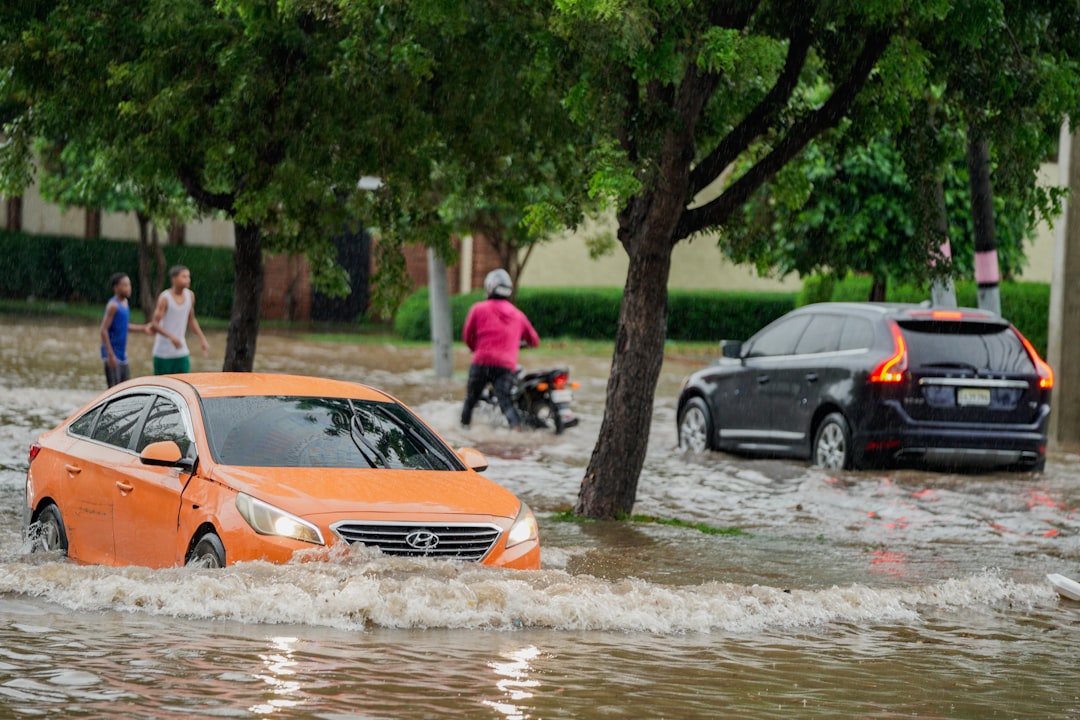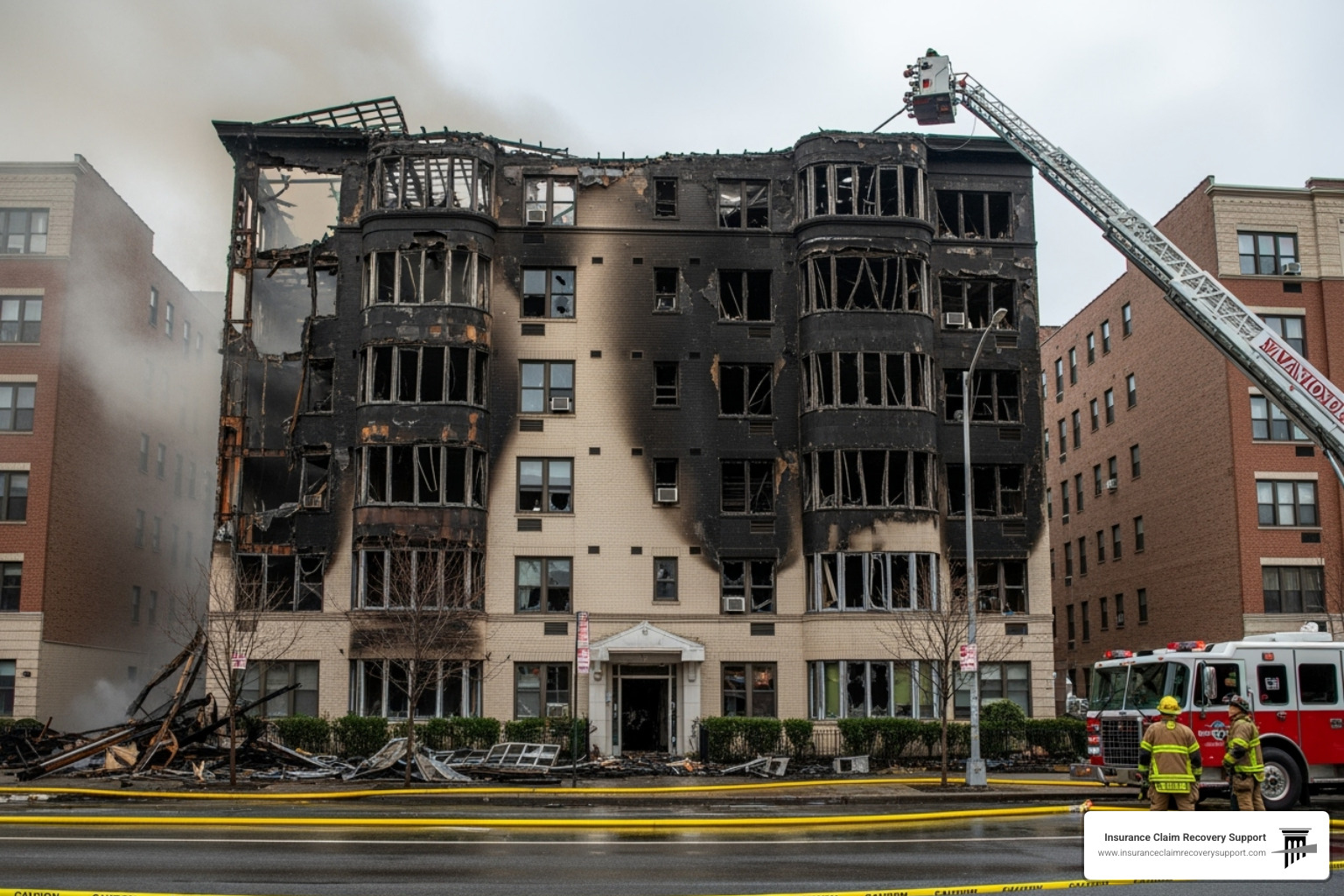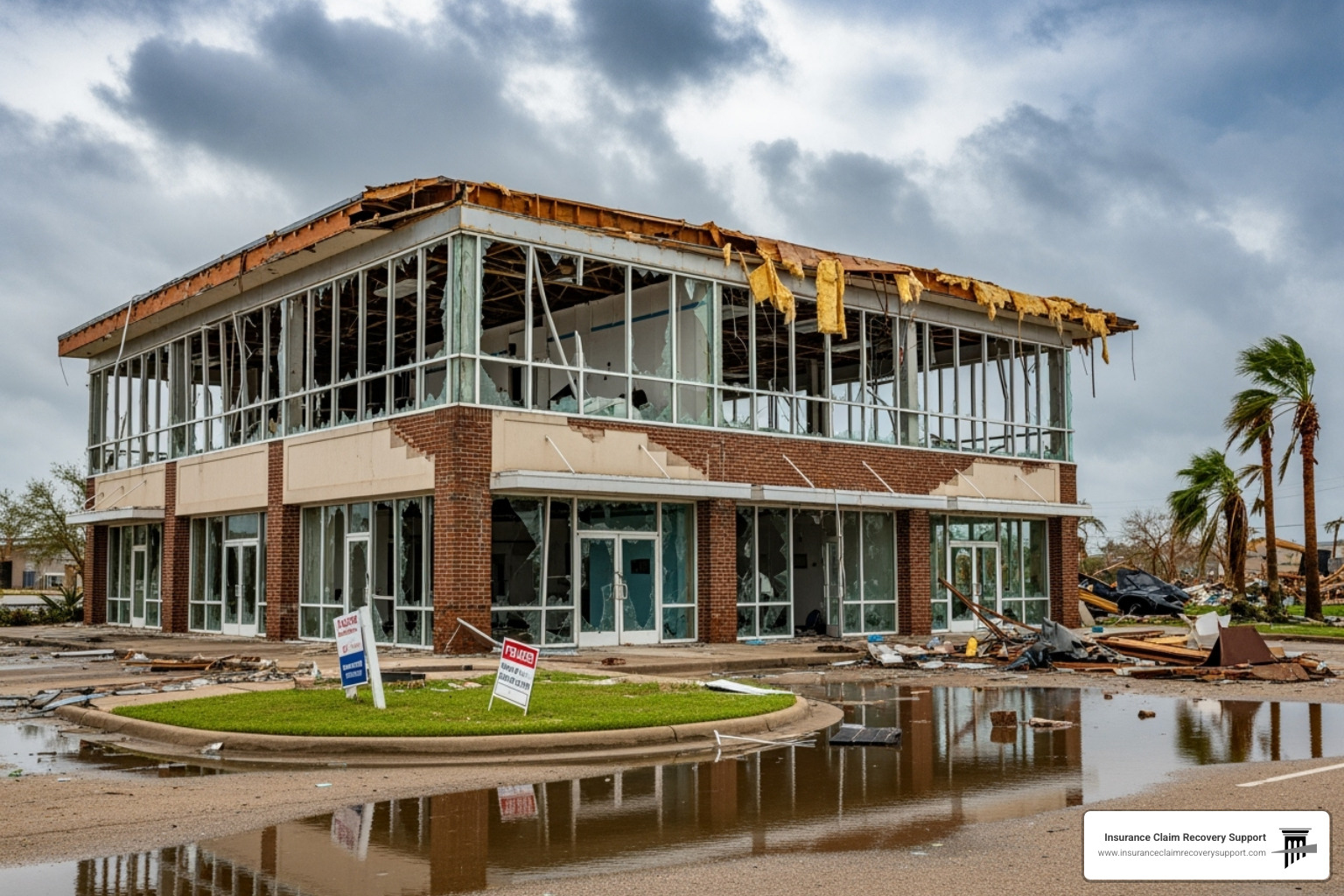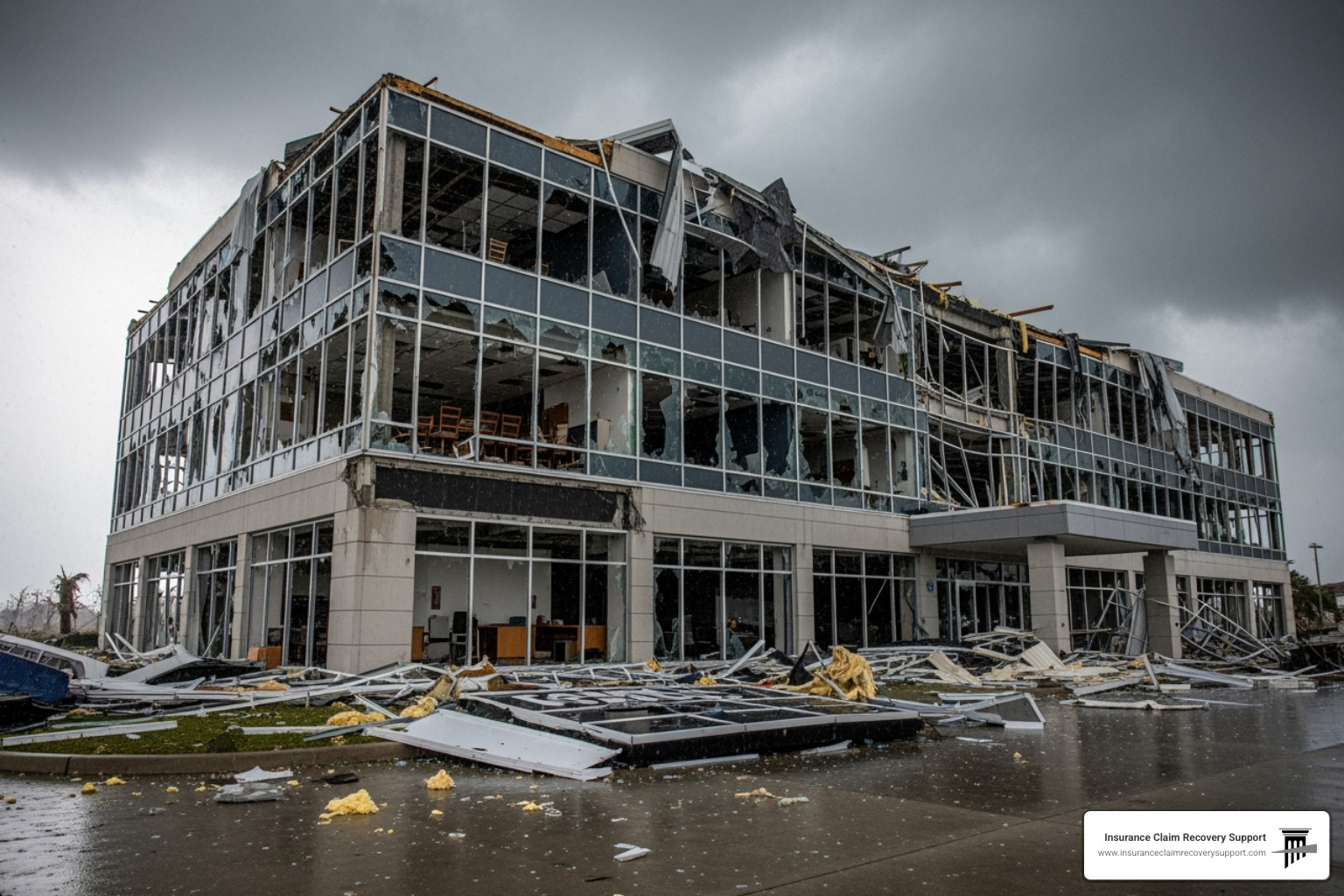Why the Texas Floods 2025 Changed Everything for Property Owners
The Texas 2025 Floods tore through Central Texas over the July 4th weekend, claiming 109 lives and wrecking property across several counties. The Guadalupe River rose more than 26 feet in under an hour—one of the most abrupt surges ever recorded in the Hill Country.
Snapshot of the Disaster
- Dates: July 4–7, 2025
- Worst-hit area: Kerr County in the Texas Hill Country
- Rainfall: Up to 20.33 inches
- Fatalities: 109+ (87 in Kerr County)
- River rise: 26+ feet in < 60 minutes
- Rescues: 237, including 167 airlifts
- Camp Mystic: 27 campers and staff lost
A stalled weather system—fueled by remnants of Tropical Storm Barry—parked over “Flash Flood Alley,” dumping relentless rain onto steep slopes and thin soils that shed water like concrete. Homes, businesses, and an all-girls summer camp were caught off-guard.
For many property owners, shock was quickly followed by a second crisis: finding standard homeowners policies excluded flood losses. As a Texas-based public adjuster, I’ve witnessed how expert representation can mean the difference between rebuilding and bankruptcy. This guide explains what happened, how to prepare, and how to steer insurance claims if flooding strikes your property.
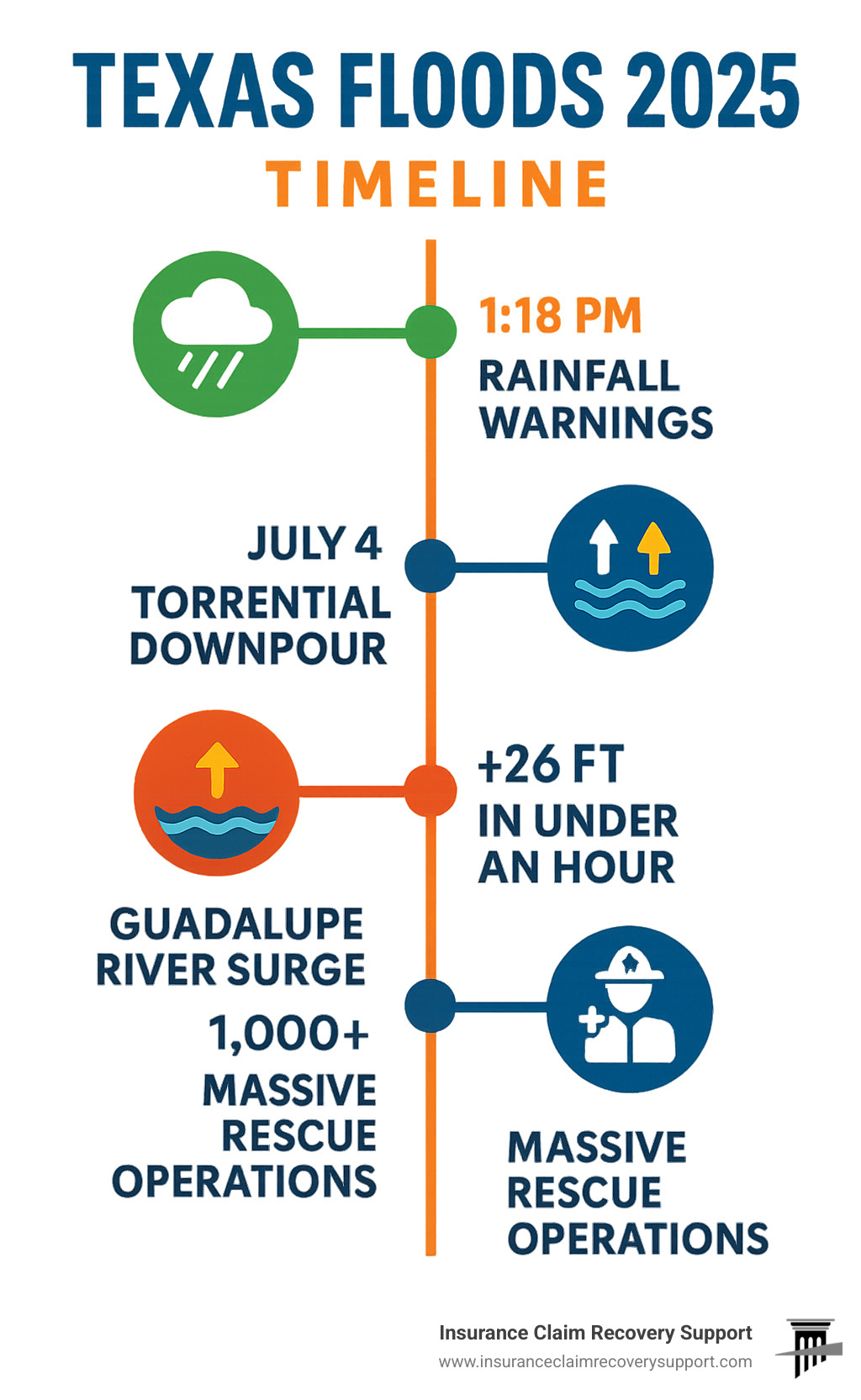
The Catastrophe of July 2025: A Case Study in Flash Flood Alley

Central Texas sits in Flash Flood Alley, where steep limestone hills and shallow soils funnel rainfall into rivers at lightning speed. During the 2025 holiday weekend, that geography turned lethal.
The usually tranquil Guadalupe River—popular for tubing—became a raging torrent. Water levels rocketed 26 feet in less than an hour, sweeping away homes, vehicles, and entire campsites. Camp Mystic, on low ground near the river, lost 27 campers and counselors, the tragedy that came to symbolize the event.
Anatomy of a Perfect Storm
- Weather setup: A stalled mesoscale convective complex tapped moisture from Tropical Storm Barry.
- Rainfall totals: 15–20 inches fell in localized bursts.
- Runoff dynamics: Thin rocky soils shed water instantly; hills accelerate flow; creeks feed the Guadalupe.
The result: a wall of water carrying debris and entire buildings downstream. Even seasoned locals misjudged how quickly conditions could turn fatal.
Human Toll and Community Impact
- Fatalities: 109 confirmed; 25 still missing days later.
- Kerr County losses: 87 deaths—the county’s worst natural disaster.
- Search & rescue: 1,000+ responders, 800 vehicles, and out-of-state FEMA task forces.
- Survivor stories: Families awakened by neighbors pounding on doors; siblings found hand-in-hand miles downstream.
The disaster exposed vulnerabilities in warning systems and emergency planning—lessons explored in the next section. Property owners across Austin, Dallas-Fort Worth, San Antonio, Houston, and smaller Hill Country towns should note: similar storms could strike again. Understanding wind, hail, and Texas storm damage risks is essential for full protection.
Warning Systems and Response: Lessons from the July 2025 Floods
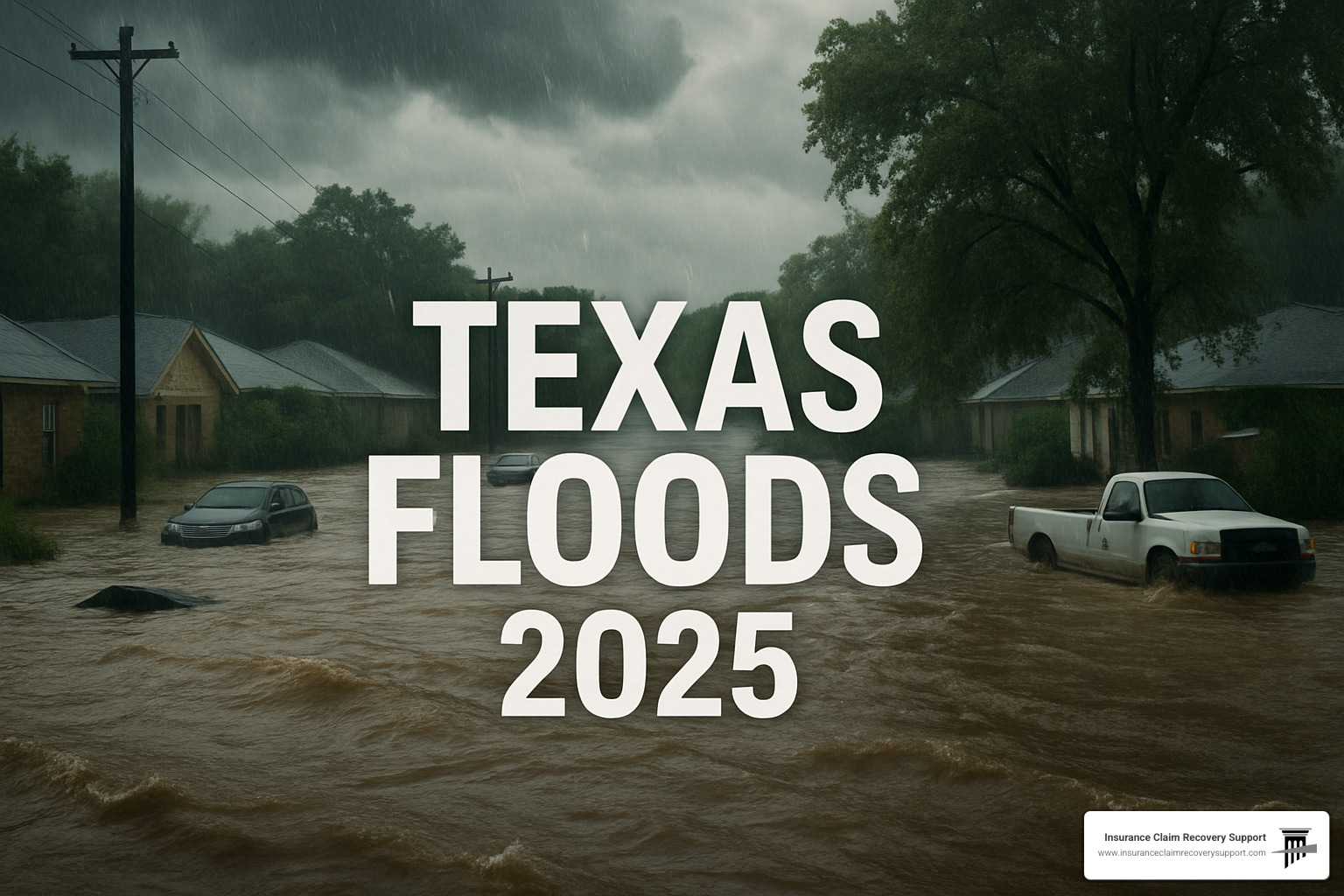
First responders acted heroically, but the 2025 floods revealed critical gaps in alerts and coordination.
Timeline of Warnings
- July 3, 1:18 PM: NWS issues flood watch (5–7 inches predicted).
- July 4, 4:03 AM: Flash-flood emergency issued—many residents asleep.
- < 1 hour later: Guadalupe River exceeds major-flood stage.
Questions remain: Could more urgent language sooner have saved lives? Why were many rural households never reached by alerts?
Communication Breakdowns
- Limited coverage: Cell towers and radios failed in canyons and remote ranches.
- Delayed countywide sirens: A planned system stalled since 2016 over costs.
- Community reliance: Door-to-door warnings saved countless lives when technology fell short.
Rescue Challenges
- People saved: 237 (167 by helicopter).
- Debris fields: Appliances, trees, and vehicles blocked access.
- Heat & wildlife: Snakes and triple-digit temperatures endangered crews.
- Airspace hazards: Hobby drones interfered with helicopter operations.
Despite the problems, interstate mutual-aid teams from California joined Texas crews, demonstrating the importance of pre-established partnerships.
If your property is damaged in a future disaster, swift action is essential. Get claim help to ensure insurance carriers treat you fairly.
How to Prepare for and Monitor Future Texas Floods in 2025 and Beyond

Rainfall intensity in Austin is up 19% since 1970; San Antonio is up 6%. With climate trends pointing toward heavier downpours, Texans need proactive plans.
Understanding Modern Flood Alerts
- Flood watch: Conditions right—review plans.
- Flash-flood warning: Flooding imminent or occurring—move to higher ground.
- Flash-flood emergency: Life-threatening—evacuate NOW.
Verify that Wireless Emergency Alerts are enabled on your phone and keep a battery-powered radio handy. Check your address on FEMA’s Flood Map Service Center to know your risk.
Building a Family & Property Plan
- Multiple evacuation routes leading to high ground.
- Emergency kit (3-day supply): water, non-perishable food, radio, flashlight, batteries, first-aid, whistle, chargers, and important documents in a waterproof pouch.
- Protect property: Lift utilities, install sump pumps, and move valuables to higher floors.
- Business continuity: Off-site data backup and staff communication protocols—see commercial tips here.
Preparation done on a sunny day is what keeps families safe when storms ignite.
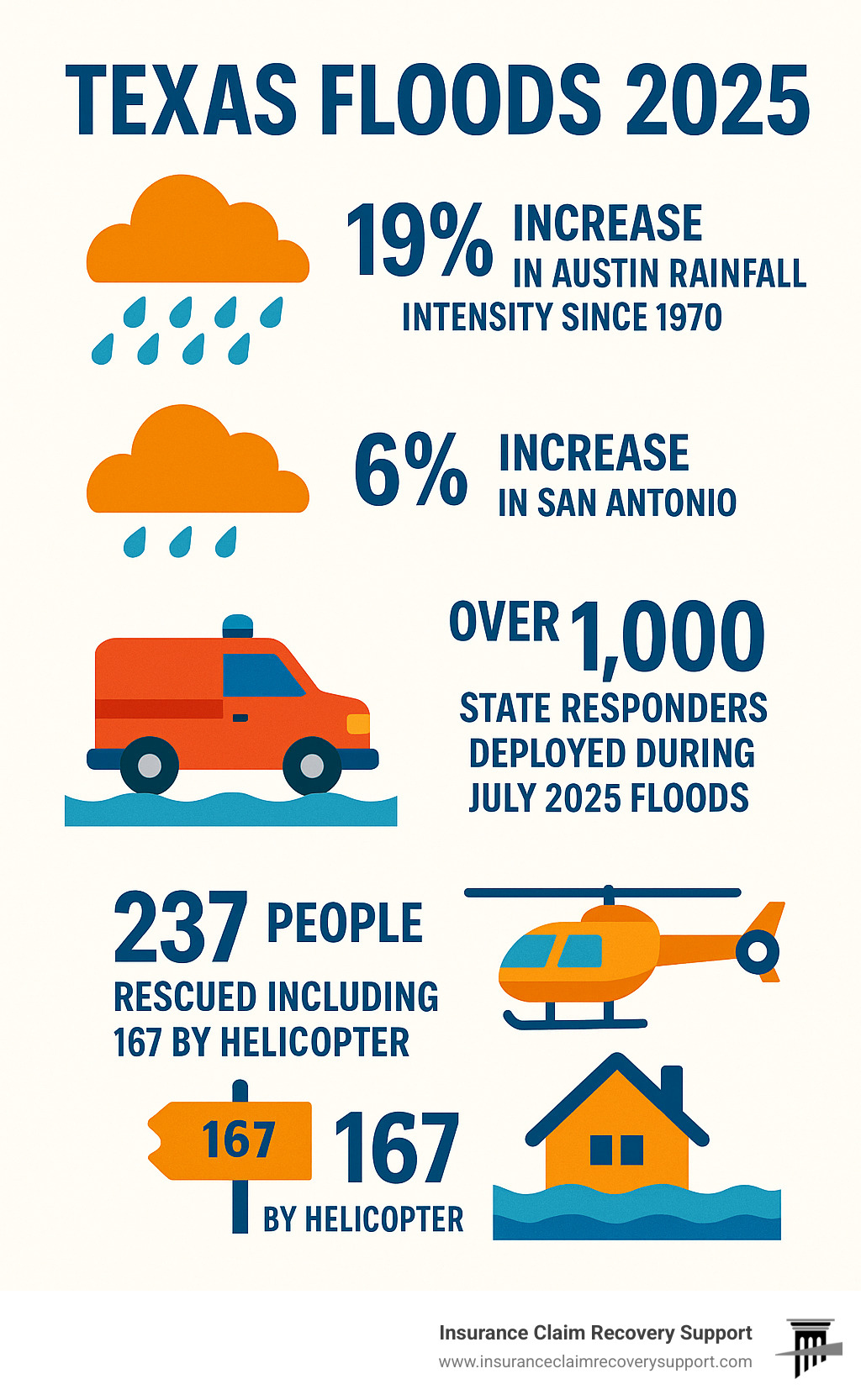
After the Flood: Navigating the Path to Recovery
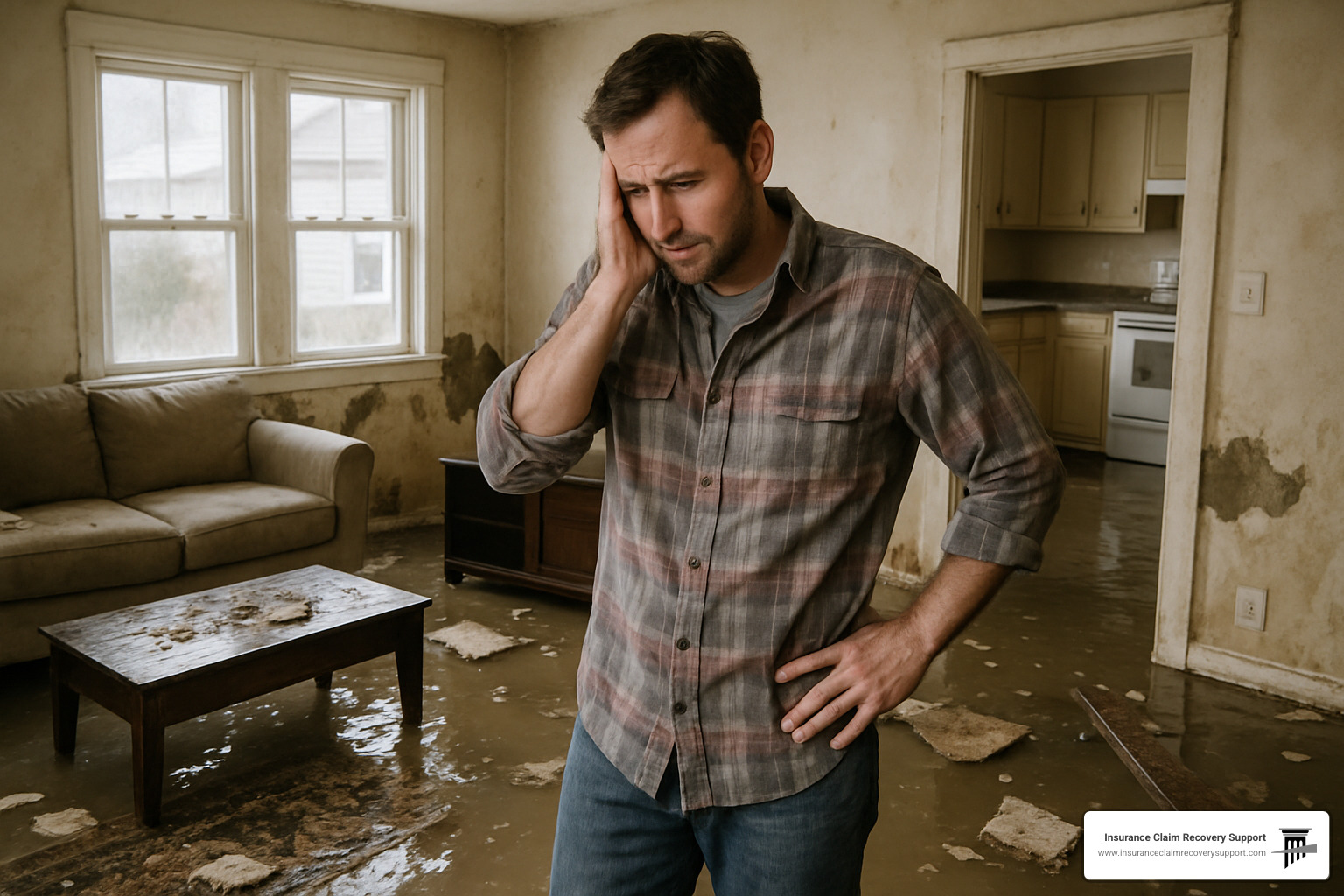
When water retreats, danger and paperwork flood in. The first 72 hours shape both safety and financial outcomes.
Immediate Safety & Cleanup
- Shut off utilities before entering.
- Wear protection: rubber boots, gloves, eye gear.
- Document before touching: photos, videos, and itemized lists.
- Remove standing water quickly; mold starts within 24–48 hours.
Detailed guidance: Flood Damage Recovery and Cleanup Tips.
Mastering the Insurance Process
- Standard homeowners = no flood coverage. Flood insurance is separate; file immediately if you have it.
- Read your policy to know deadlines and documentation rules.
- Company adjuster ≠ your advocate. Their job is to control costs.
- Don’t jump at first offers. Lowball settlements are common.
For large or disputed losses, a licensed public adjuster can reopen claims, estimate true damages, and negotiate fair payment. Start with these 9 tips and learn how to negotiate with adjusters.
Frequently Asked Questions about Texas Floods and Recovery
Why is Central Texas nicknamed “Flash Flood Alley”?
Steep hills, thin rocky soils, and a dense network of creeks send rainwater downhill within minutes. In 2025, this natural funnel pushed the Guadalupe River up 26 feet in under an hour.
Is climate change really making Texas floods worse?
Yes. Warmer air holds more moisture, producing heavier downpours. Since 1970, rainfall intensity climbed 19% in Austin and 6% in San Antonio—trends scientists expect to continue.
My flood claim was denied or underpaid. What now?
- Review your policy; confirm exclusions and deadlines.
- Request a re-inspection or file a written dispute.
- Hire a licensed public adjuster to reopen or negotiate the claim if needed. Learn more about representation for Texas flood and hurricane losses here.
Conclusion: Building a More Resilient Texas
The texas floods 2025 proved that extreme weather is no longer rare. Preparedness, swift action, and informed advocacy are the pillars of resilience.
If a flood, fire, hail, or windstorm strikes your property in Austin, Dallas-Fort Worth, San Antonio, Houston, Lubbock, San Angelo, Waco, Round Rock, Georgetown, Lakeway—or anywhere nationwide—Insurance Claim Recovery Support is ready to stand beside you.
Know your risks, heed alerts, document losses, and seek professional help when negotiating with insurers. Together, we can rebuild stronger and ensure policyholders—not carriers—decide what full recovery looks like.
Find out how a public adjuster can maximize your Texas flood claim

